12 Fascinating Facts About Shango and His Influence in African Religions
Shango is a formidable figure in African mythology, especially in the Yoruba religion. Known for his power and charisma, Shango’s influence is undeniable across various cultures. Let’s dive into some captivating facts about this powerful deity and his lasting impact.
1. Origin of Shango in Yoruba Mythology
Shango is a central figure in Yoruba mythology, known as the god of thunder and lightning. He is also recognized as a historical king of the Yoruba people, whose legacy is intertwined with myth and worship.
Born as a mortal king and later deified, Shango’s life is a tapestry of myths that highlight his extraordinary feats and indomitable spirit. His origins are deeply woven into the Yoruba cultural practices, where his story serves both as a foundational myth and a tale of moral guidance. According to tradition, Shango was a powerful yet controversial king whose reign was marked by innovation and conflict, an embodiment of the strength and complexity of leadership. His relationships with his wives, such as Oshun and Oya, add layers to his narrative, representing diverse aspects of human experience—passion, jealousy, and reconciliation.
The legacy of Shango as a king transcends his time on earth, transforming him into a deity whose attributes are celebrated and revered. He embodies the archetype of the warrior king and wise ruler, a duality that reflects in the stories and songs passed down through generations. This transformation from royal figure to powerful deity illustrates how cultural beliefs and historical figures can blend over time, creating enduring icons that shape spiritual and communal life. Understanding Shango’s origins enhances our appreciation of his lasting impact on the Yoruba people and beyond.
2. Symbolism in Shango’s Iconography
Depicted as a powerful figure wielding a double-headed axe, Shango symbolizes strength and justice. His axe represents his ability to cut through deceit and bring truth to light.
Beyond the axe, Shango’s other symbols include drums, fire, and royal regalia, each representing different facets of his dominion and influence. The double-headed axe, known as the ‘Ose’, is not just a weapon but a symbol of duality and balance, resonating with his dual role as a warrior and a judge. Drums play a crucial role in his rituals, invoking his presence and amplifying his power, while fire symbolizes his passionate and sometimes volatile nature. These elements of his iconography allow devotees to engage with his myths and tap into his energy, making him accessible to those who seek his guidance and strength.
3. Shango’s Role in Orisha Worship
In Yoruba religion, Shango is revered as one of the Orishas, divine entities who interact with the human realm. He is especially revered for his protective qualities and his role as a dispenser of justice.
As an Orisha, Shango stands out due to his fierce sense of justice and protection, making him a guardian for those who seek equity and fairness. The rituals associated with Shango typically involve expressions of both reverence and requests for his support in matters requiring decisive intervention. His influence extends to various aspects of life, including the settlement of disputes and the establishment of social harmony. Celebrations often involve energetic dance and music to honor his vibrance, and practitioners seek his blessings for courage and resolve in life’s challenges. Thus, Shango embodies the idea of justice served through strength and truth, providing an essential framework for community and spiritual interactions.
4. The Power of Thunder and Lightning
Shango is often associated with thunder and lightning, symbolizing his immense power. This makes him a dynamic force within natural elements, reflecting both his temper and his strength.
Thunder and lightning not only characterize Shango’s natural power but also symbolize his vibrant energy and dynamic influence over situations and conflicts. These natural phenomena serve as extensions of his will, representing his ability to shake the world with his mighty roar and illuminate truths like a bolt of lightning piercing the sky. In many stories, Shango commands these elements, showcasing his superiority over other deities and underscoring his capacity to enforce order and instigate change. Such attributes make him a revered deity among followers, who see his mastery over these forces as an inspiration for overcoming personal challenges and societal obstacles. Shango’s connection to these natural elements reminds practitioners of the raw power within nature and themselves.
5. Shango’s Influence Beyond Africa
Shango’s presence is not just limited to Africa; his influence has extended to the Americas through the transatlantic slave trade, particularly in Caribbean regions where his worship persists.
In regions such as Cuba and Brazil, Shango is worshiped under different syncretic guises, seamlessly blending with local traditions while preserving his core attributes. In Cuba, he is known as ‘Chango’, where he is celebrated with vibrant ceremonies and music that reflect his dynamic nature. Similarly, in Brazil, Shango is revered within the Candomblé and Umbanda religions, acting as a powerful symbol of resistance and cultural identity for the African diaspora. This wide-reaching influence showcases Shango’s adaptability and enduring significance, reinforcing his worship as a unifying force among diverse communities separated by geography but connected by shared heritage.
6. Rituals and Offerings for Shango
Devotees of Shango often engage in vibrant rituals that include drumming, dance, and offerings of food or other items. These acts are performed to gain his favor and invoke his protection.
Central to Shango’s rituals are offerings that range from cornmeal and okra to red wine and roosters, each an expression of respect and devotion. These are carefully selected to honor his tastes and preferences as depicted in lore, symbolizing a more profound union between human and deity. Rituals often occur in spaces specially consecrated for Shango, where music and dance act as conduits of divine communication, allowing practitioners to feel his presence and seek his protection. The vitality of these gatherings honors Shango’s lively spirit and reinforces the communal bonds among worshippers, serving as reminders of his omnipresent strength and guidance.
7. Shango’s Relationships with Other Deities
Often portrayed with other Orishas, Shango has complex relationships, particularly with Oshun and Oya. These relationships accentuate different facets of his personality and influence.
His union with Oshun represents love and artistic beauty, blending his fiery nature with her soothing disposition to create a powerful and balanced partnership. Shango’s interactions with Oya, a goddess of winds and change, often highlight themes of passion and transformation, reflecting both conflict and collaboration dynamics. Such divine relationships illustrate the complexities of human interaction and emotion, providing followers with rich narratives to draw parallels to their life experiences. The synergy between Shango and other Orishas embodies the harmony necessary to navigate life’s challenges, reinforcing the cultural heritage of balance and cooperation within the Yoruba religion.
8. Cultural Narratives Featuring Shango
Many traditional stories and songs celebrate Shango’s fiery characteristics, bravery, and strategic mind in combat, embedding him deeply in cultural narratives.
These narratives often serve as moral tales, teaching listeners about the virtues of courage, honesty, and leadership. In Yoruba communities, storytelling sessions where Shango is the focus involve dramatic retellings of his exploits, reinforcing social norms and values that are pivotal to communal life. As these stories travel across generations, they capture the essence of Shango’s character—his flaws and strengths alike—keeping his spirit alive in modern contexts, where new interpretations of these age-old stories continue to inspire and instruct. The cultural narratives surrounding Shango act as living traditions, imbuing everyday life with larger-than-life heroes whose experiences mirror those of ordinary people, offering guidance through myth and legend.
9. Festivals Dedicated to Shango
Several festivals celebrate Shango, marked by joyous music, elaborate costumes, and spirited dances. These festivals are a testament to his vibrant and enduring cultural impact.
Among the most well-known of these celebrations is Shango’s Day, observed in Nigeria, which witnesses a multitude of faithfuls engaging in vibrant pageantry and taking part in traditional rites dedicated to the thunder god. Participants dress in red, the color emblematic of Shango, and invoke his presence through music and dance, creating an atmosphere charged with energy and anticipation. Such festivals are not just religious observances but also symbolize the perseverance of cultural identity and community cohesion, drawing individuals together in a collective celebration of heritage. By partaking in these festivities, communities celebrate continuity, showing how ancient beliefs adapt to contemporary settings while maintaining their core relevance. These events ensure Shango’s legacy continues to resonate, honoring his timeless contributions to the richness of African spirituality.








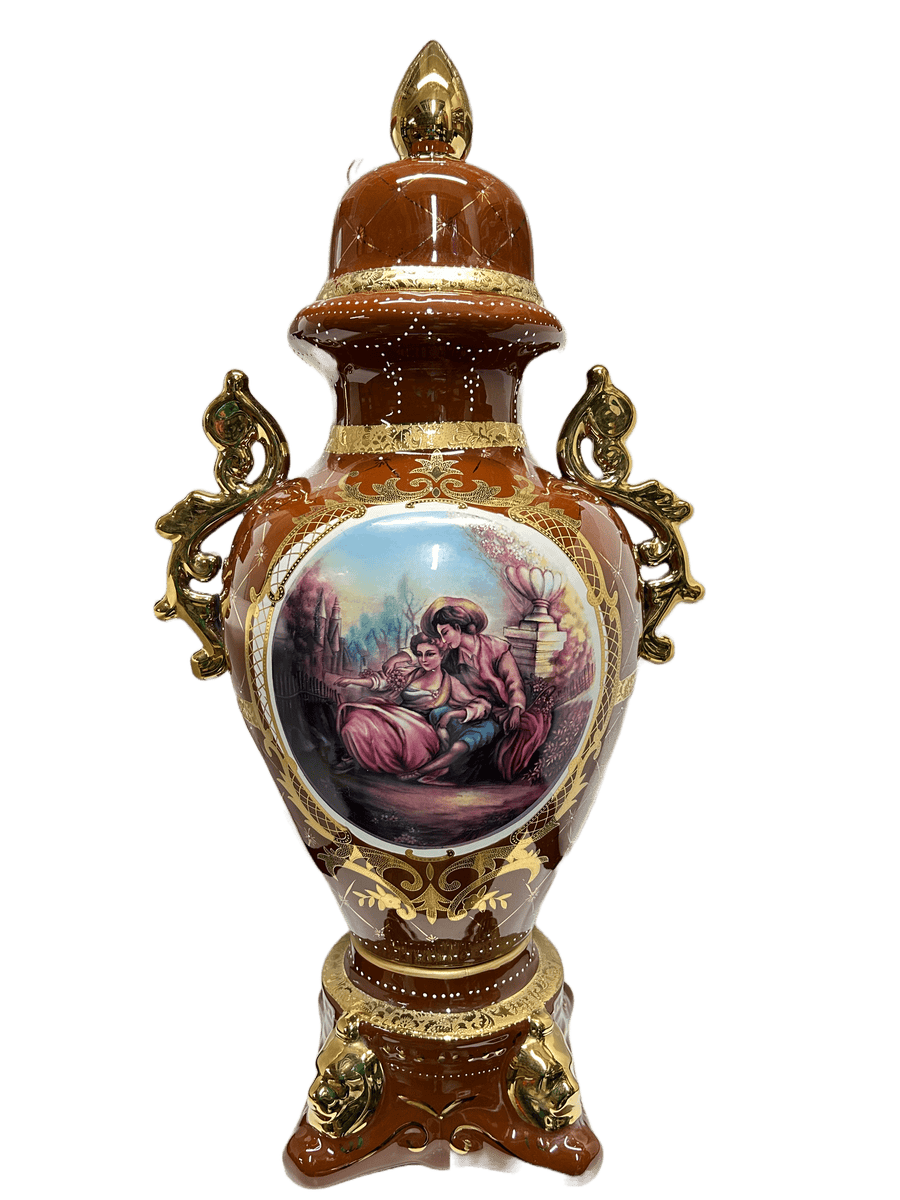
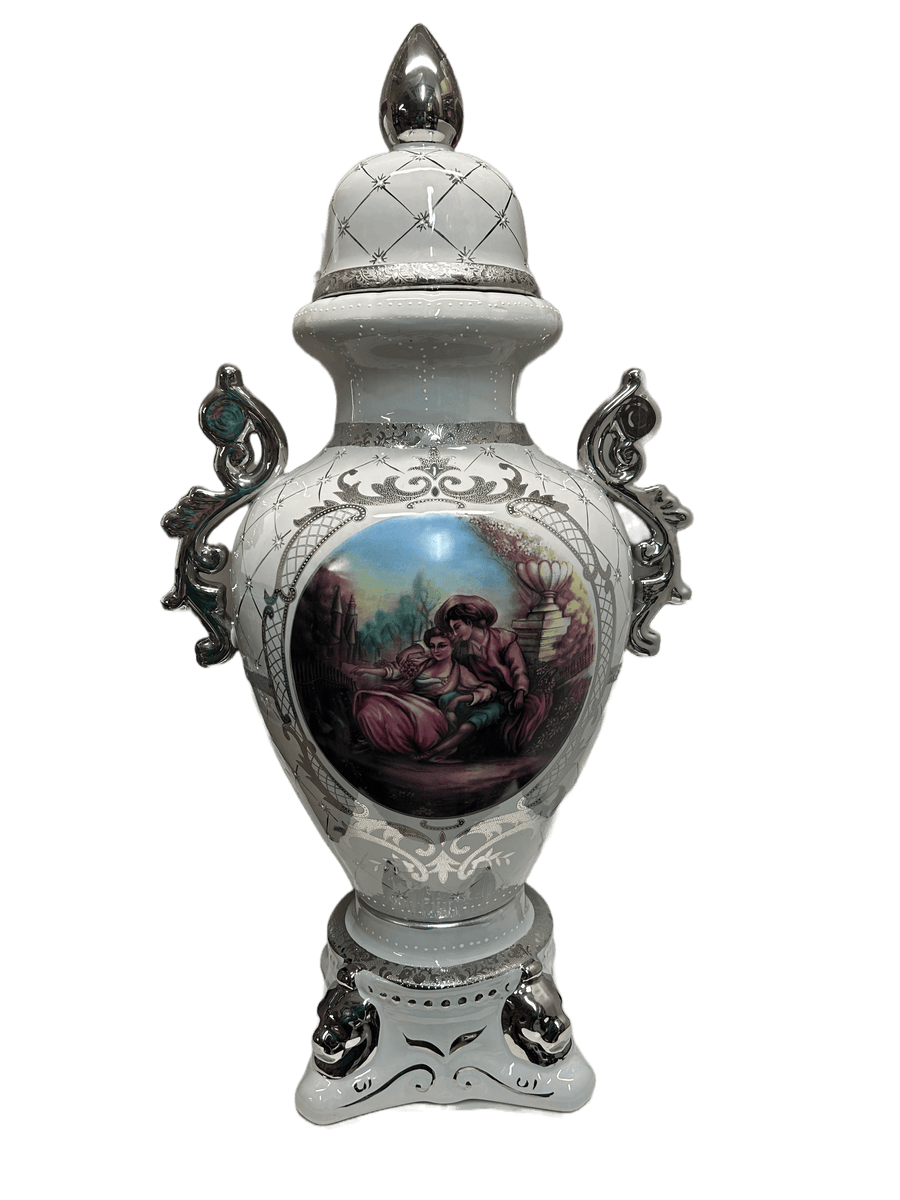
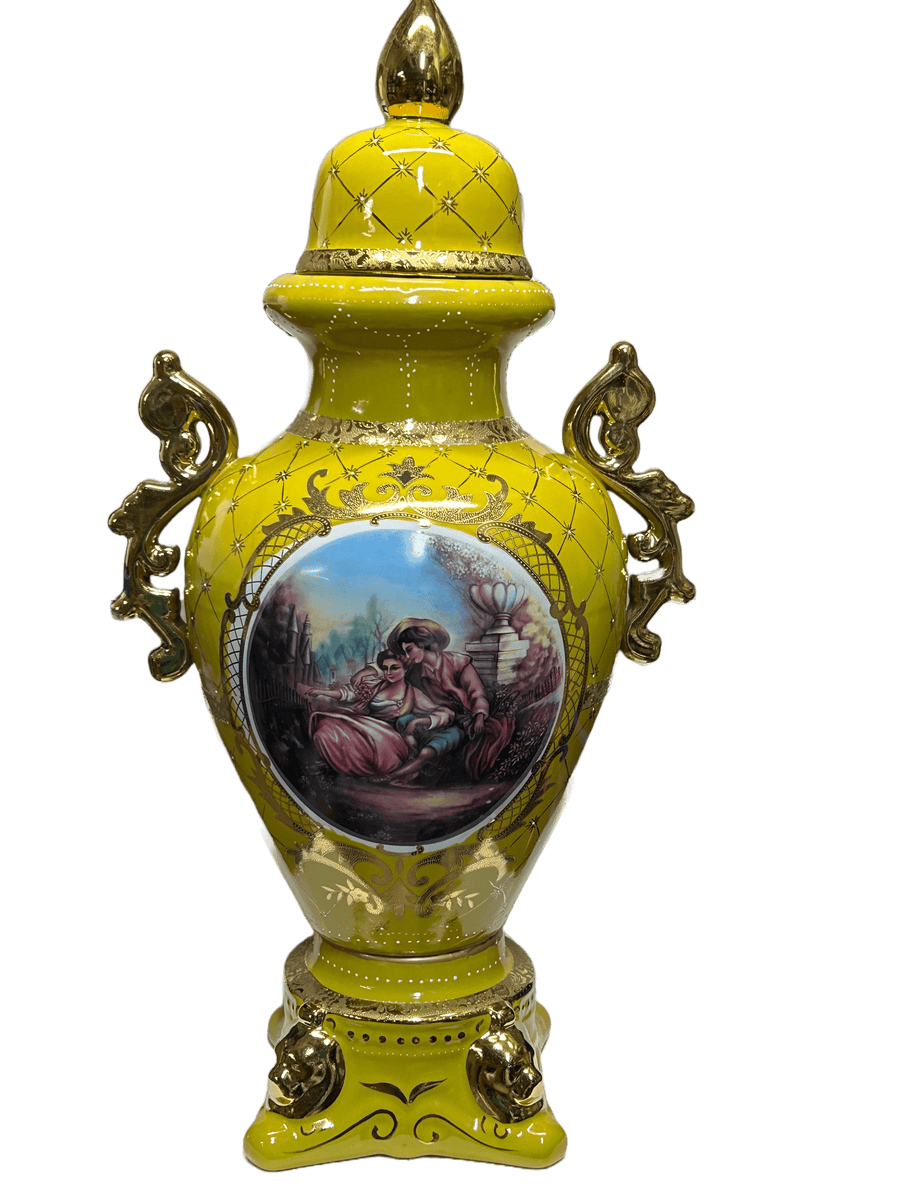


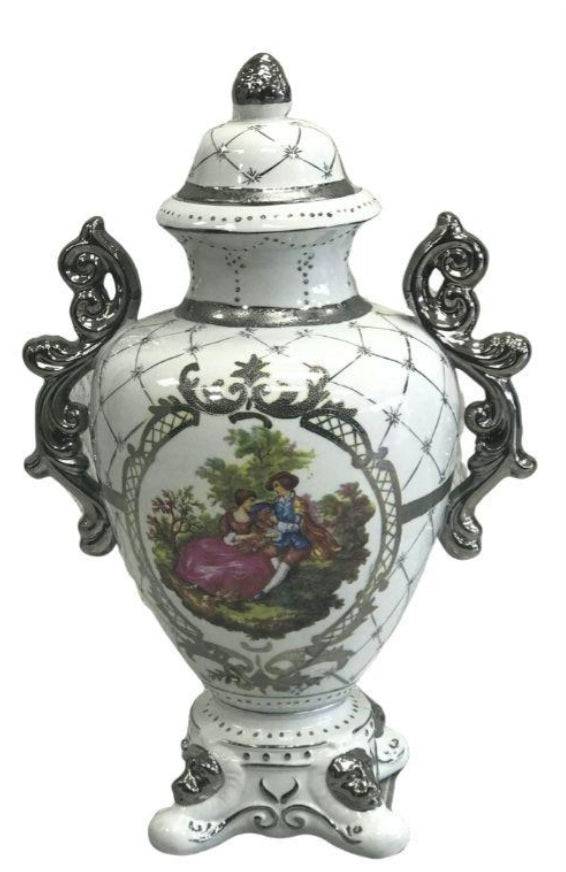

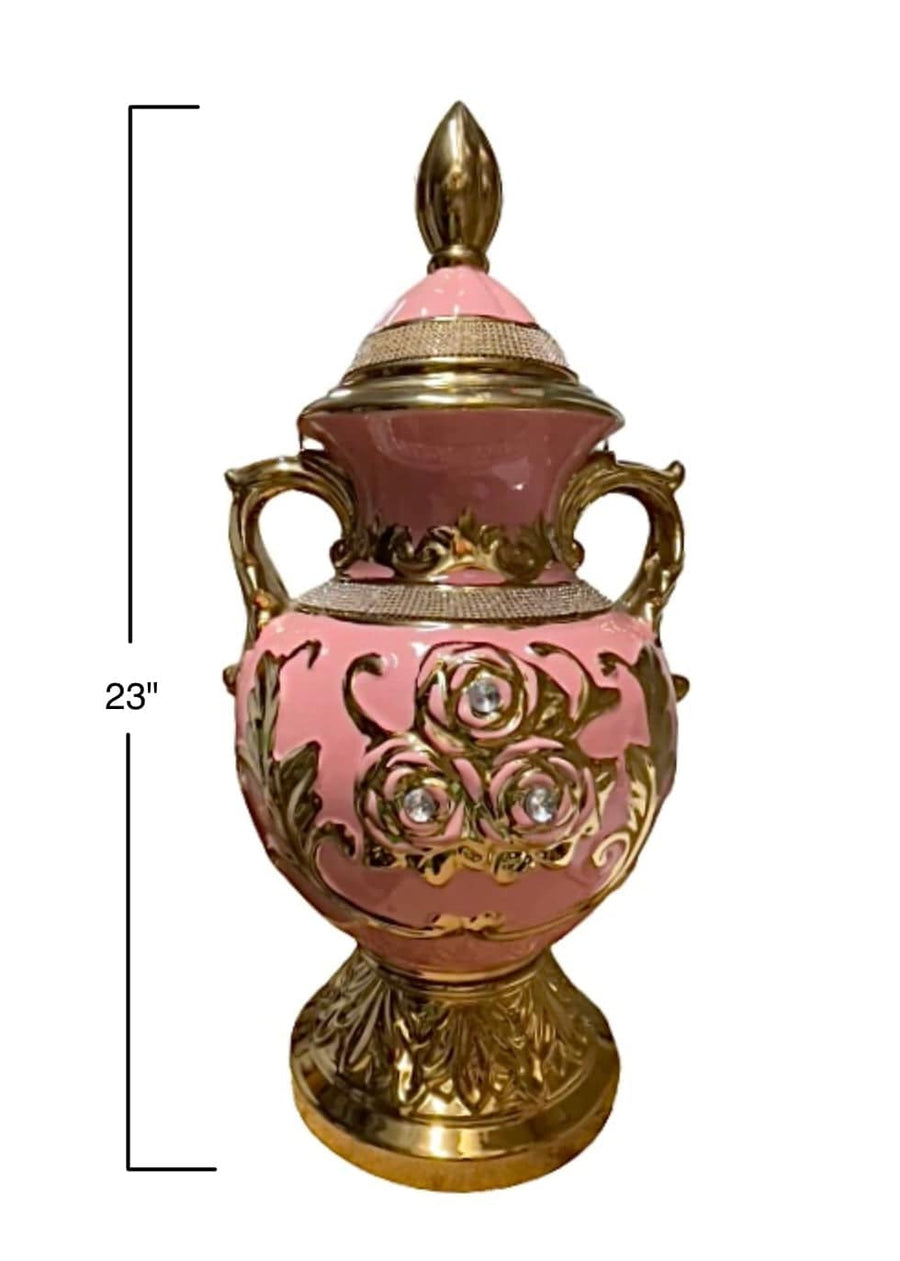
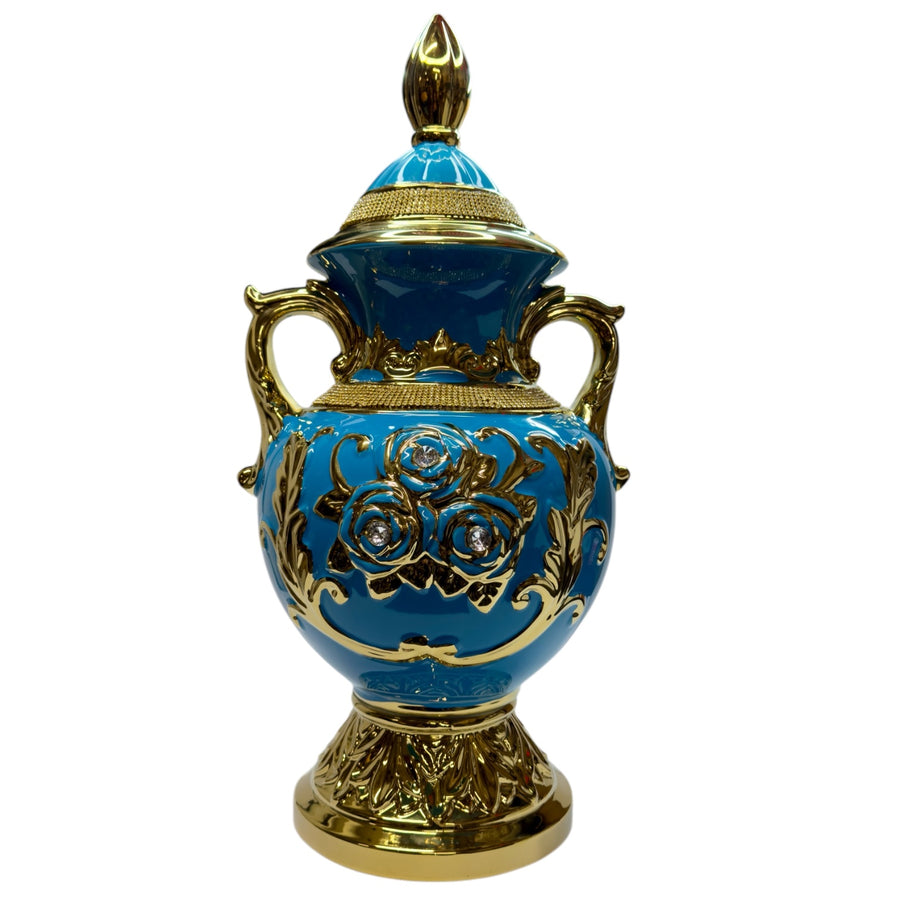
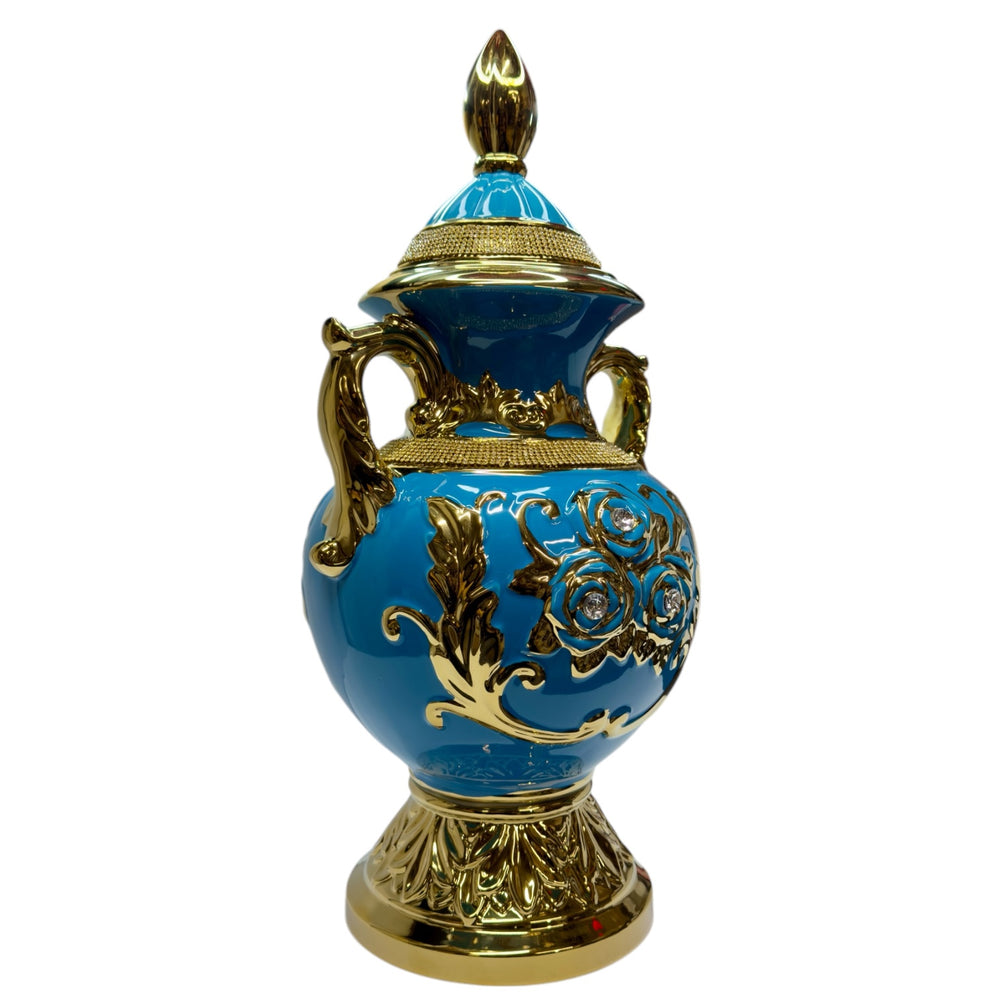
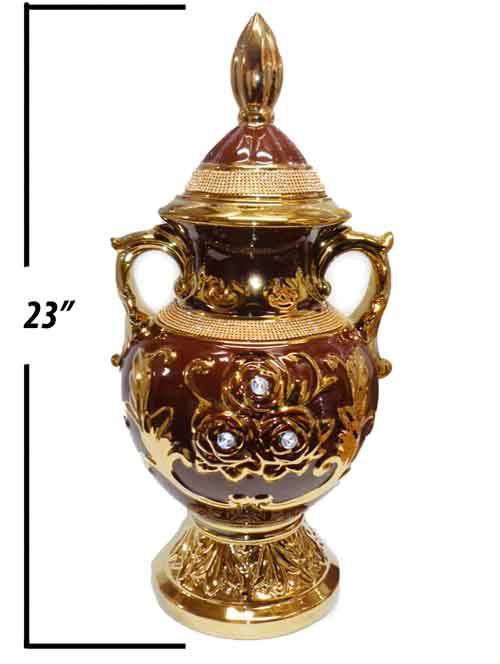
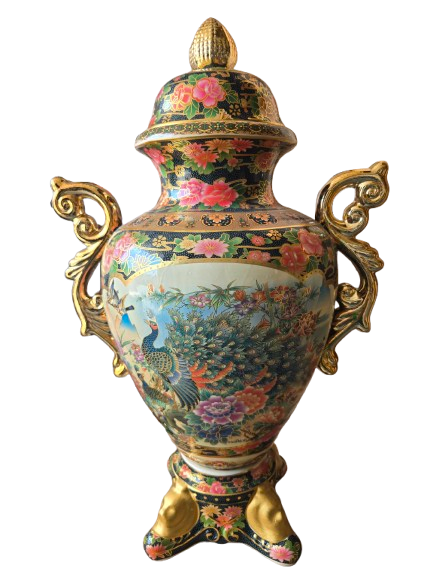
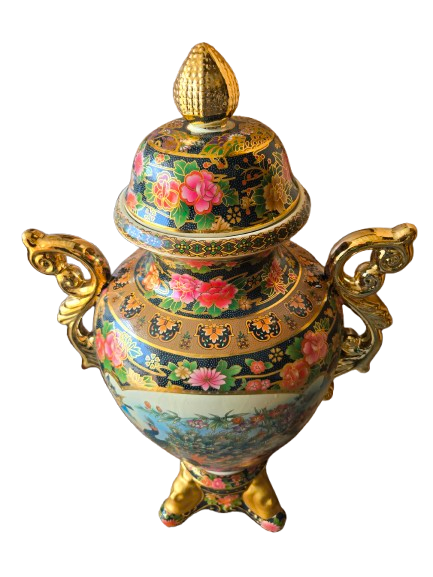

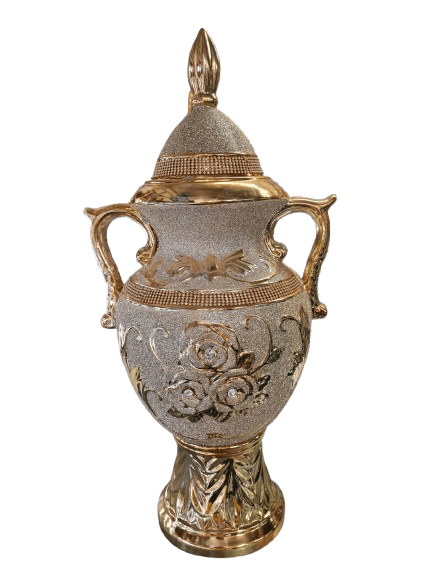



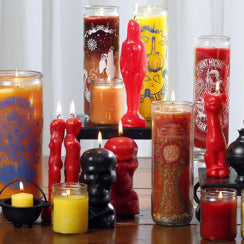
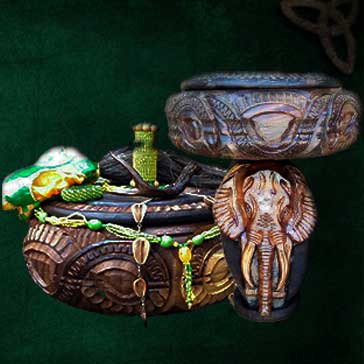

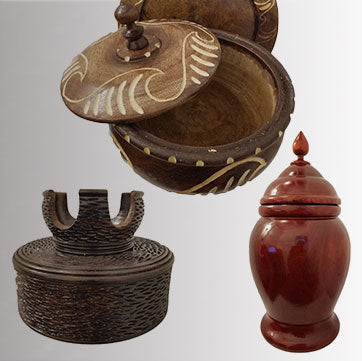
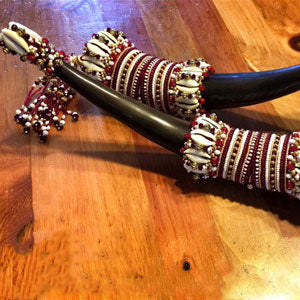
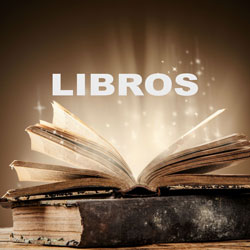

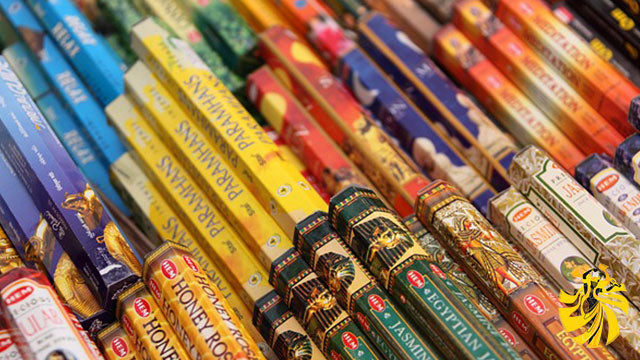
Leave a comment